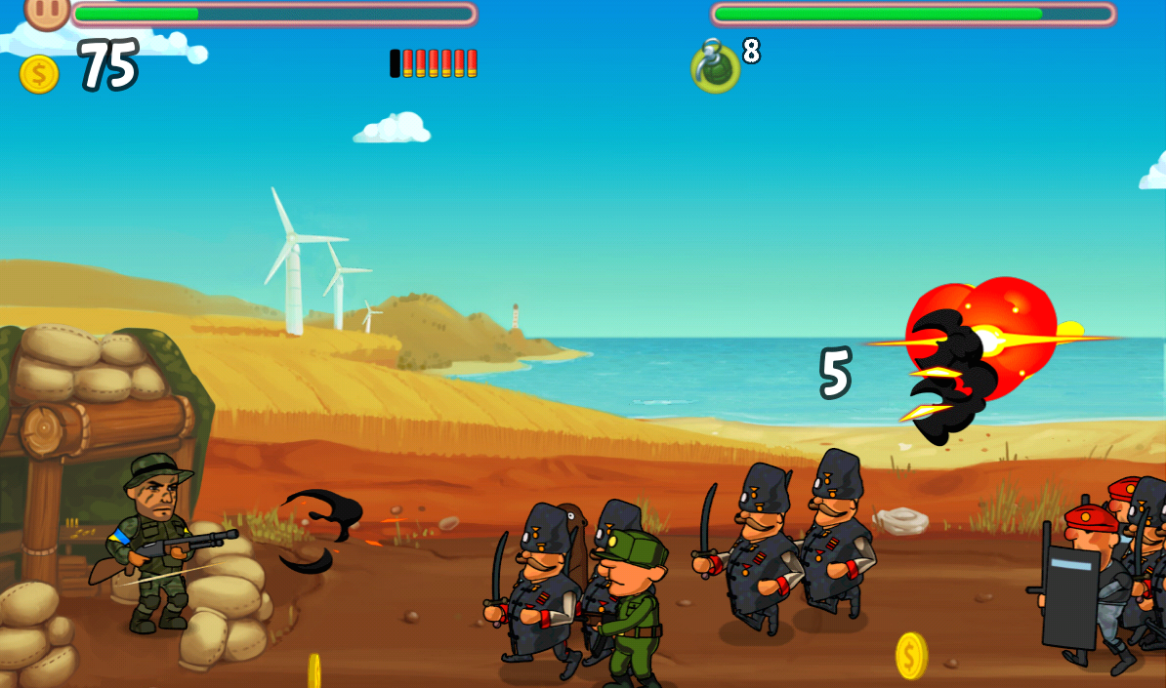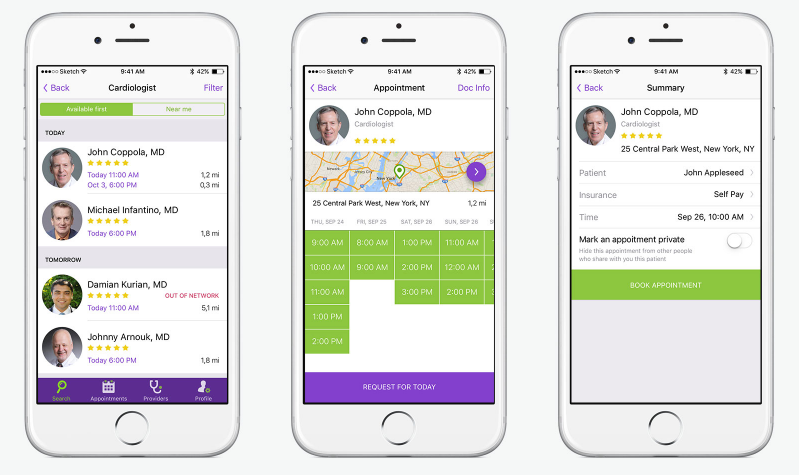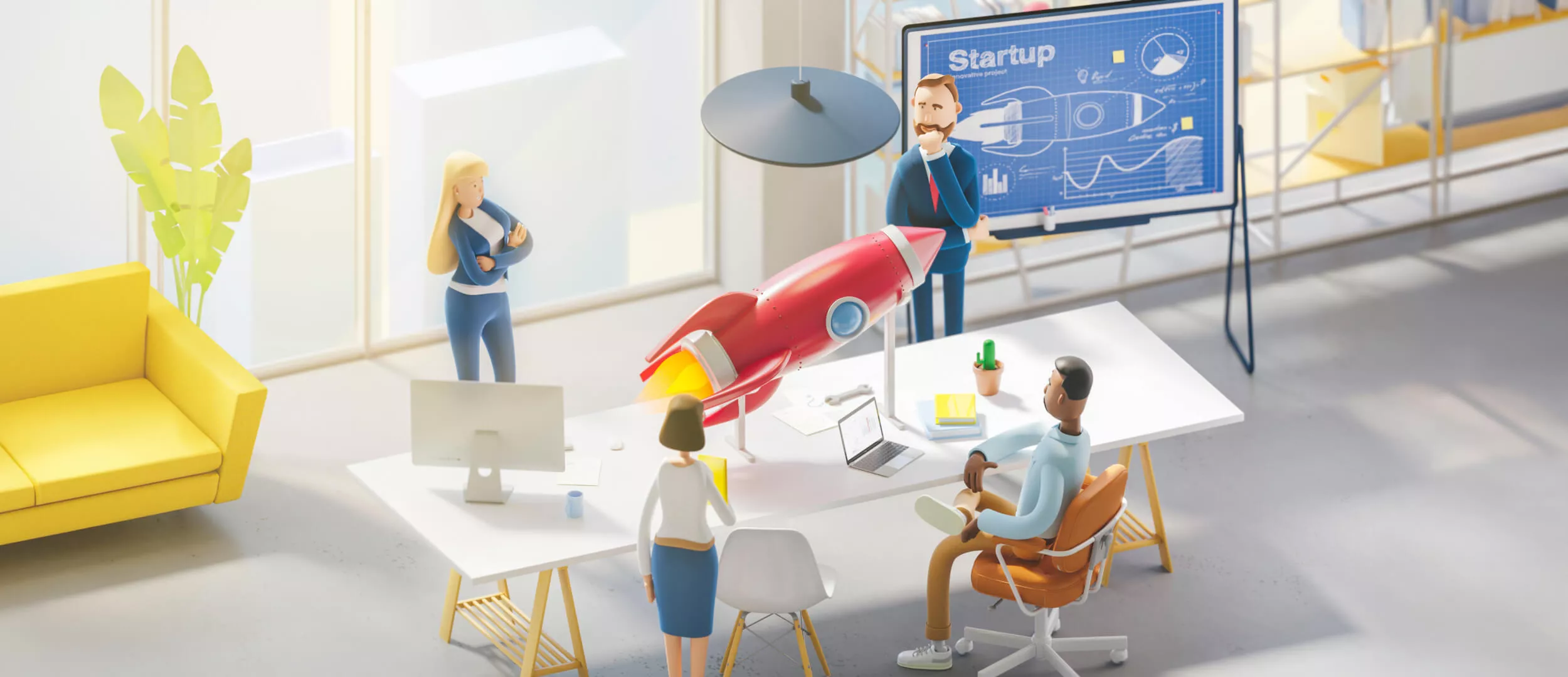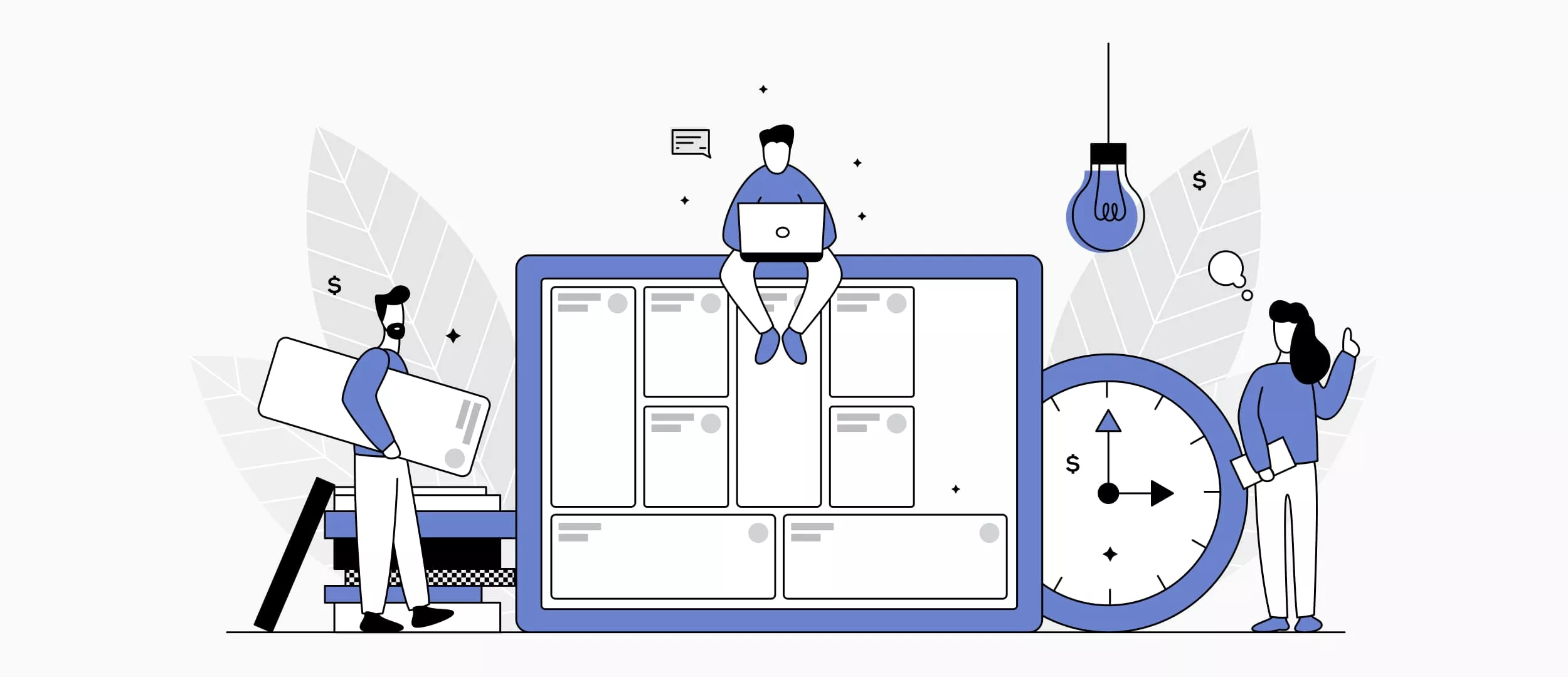
There has never been a better time to start your own business. Never in the history have you had so much freedom and so much support. Never have there been so many new fields waiting for your initiative... Oops, but the statistics is sobering: 90 % of the startups fail. Why?
Our answer is: many wonderful ideas have never turned into well-grounded businesses because they have not been thoroughly checked from the very outset. You do need to follow the succession of steps which precede a fundamental investment.
Briefly, when talking about IT product development, this succession includes proof of concept — building a product prototype — MVP launch and testing — and, finally, full-fledged product development. In our previous articles, we have already discussed what MVP (minimum viable product) is and how to measure its success. This time, let’s pay more attention to the steps which should precede an MVP.
You may use our calculalor to estimate the approximate cost of app development
Why Validate a Business Idea?

Your vision may be brilliant, but if there is no traction, it is but impossible to win a place in the sun among thousands of other brilliant visions. You also need the evidence of traction to persuade the investors. And it is understandable: investors know that it is much easier to build a business around a demand than to create a demand on already existing product.
Read more about How to get traction to your startup.
Validation helps you to detach from the idea and to look at it dispassionately. You reach this state by leveraging an objective feedback from the representatives of your target audience and field experts.
Begin Your Startup Idea Validation with the Proof of Concept
Do put your startup idea aside and turn to your target audience and its experience. What you need is to gain an insight into whether your customers-to-be will really view your product attractive and necessary.
Read Why you need to do a research for your product.
Start this feasibility study with analyzing the problem which your product is going solve. How are people solving it now? Who are your main competitors? How is your solution going to be better? How will it differ from the already existing options?
Your assumptions are much closer to reality now. But they are still assumptions. You need to address your target audience to check them. There exist several dozens of tools entrepreneurs use to collect users’ feedback. They include extensive market research, interviews, spreadsheets, email distribution, creating landing pages, etc.
We used a Facebook community to get feedback on our mobile game “The Last Outpost”. At the initial stage of the development, players were invited to participate in graphics design. We got an active response, some users even sent us their sketches. It helped a lot in making the game appealing to the players and viral.


Read How “The Last Outpost” won the favor of 800K fans.
Here is another thing this example illustrates: on this stage, you are actually starting to build your business identity and form a product recognition. It helps to find a product-market fit: people more readily agree to try something new if they have already heard about it before. You attract innovators and early adopters - the most loyal and active customers who often serve as opinion leaders and will give your product publicity (free of charge, by the way).
Read more Tips for going viral with your startup.
When you are sure that your idea is feasible, start thinking about its material implementation, that is, HOW your business idea is going to work.
When You Need a Product Prototype
A prototype is the simplest working interactive model of the end product. It communicates the design and functionality to future clients, investors or stakeholders. The main function of the prototype is the visualization of your idea. But it also allows checking your theories on practice.
When testing the prototype, you may come across the new ideas for useful functions, or early determine the problem zones. It is far less expensive to fix errors or make amendments at this initial stage of the project lifecycle.
For example, when working on the prototype of an IsDocIn medical app, our designers took into account the information from the client, who had a medical expertise, and back-end developers, who gave advice on creating a user-friendly interface. Then, the user testing was conducted. It revealed the problems users faced when dealing with the app. On this stage, we painlessly introduced the necessary changes, and the app design smoothly went on.
With the proper prototype testing, you can begin developing an MVP, that is, a minimal form of your complete product which is brought to the market.
Finally, the MVP
While a prototype rectifies problems during the beginning stages of development, an MVP is designed to identify users’ reaction when the product is actually tested in real life.

Since the MVP is actually a real product, it is strongly recommended to entrust its development to the professional team. The reason is in that very competition we have already mentioned: hundreds of apps and services are launched every month worldwide. And it does influence customers’ attitude. People will not grant you exemption because you are «just trying». They will simply switch to your competitor’s solution. So, do take an MVP seriously: it’s not a crippy-sloppy version of your product, it is a thoroughly designed working product but with a limited functionality.
Read more about The importance of a high-grade MVP design.
Summary
We have analyzed the three major steps you should take to validate business idea for your product. They are:
- proof of concept,
- prototype development,
- MVP building and testing.
By taking these steps, you may check whether your idea has the market potential in a quick and less expensive way. Idea validation allows avoiding mistakes, getting rid of faulty features and increasing chances for product success. We recommend to use these steps together in a succession, though each of them can serve as a separate technique.
And we will be happy to collaborate with you on all stages of product development — starting from the discussion of your business idea and the development of the prototype towards the MVP, and, finally, the full-fledged IT solution. Contact us at info@stfalcon.com — our expertise is always at your service.
Unlock the secrets to validating your business idea before diving into an MVP with our comprehensive whitepaper, "Business models and pricing." Delve into essential strategies and insights that should precede the development.




